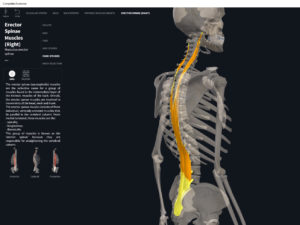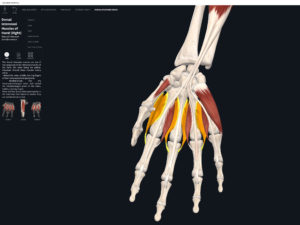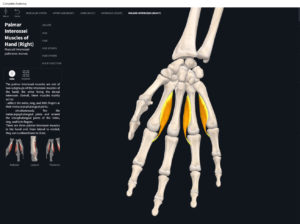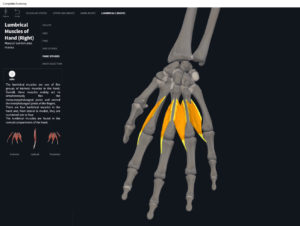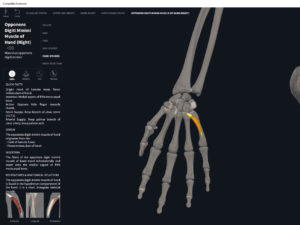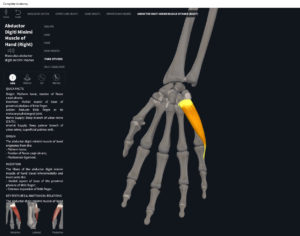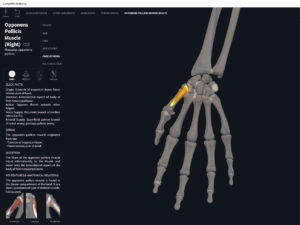Anatomy & Physiology: Muscles—Erector Spinae Group.
Structure.
- Origin: pelvis.
- Insertion: spine, rib cage, and head.
Function.
- Concentric action: trunk, neck, and head extension at the spinal joints; lateral flexion of the trunk, neck, and head at the spinal joints. Lesser: ipsilateral rotation of the trunk, neck, and head at spinal joints.
- Reverse mover action: pelvic anterior tilt at lumbosacral joint; lower spine extension relative to upper spine. Lesser: ipsilateral elevation of pelvis at LS joint; lateral flexion of lower spine relative to upper spine; contralateral rotation of pelvis and lower spine.
- Eccentric action: spinal flexion, rotation, and lateral flexion.
- Isometric action: stabilization of the spine.
- Innervation: cervical and thoracic spinal nerves.
- Arterial supply: dorsal branches of posterior intercostal and lumbar arteries; thoracodorsal artery.
Clinical Significance.
References
Biel, A. (2015). Trail guide to the body: A hands-on guide to locating muscles, bones and more.
Cedars-Sinai. (2018). Vertebrae of the spine. Retrieved from https://www.cedars-sinai.org/health-library/diseases-and-conditions/v/vertebrae-of-the-spine.html
Clark, M., Lucett, S., Sutton, B. G., & National Academy of Sports Medicine. (2014). NASM essentials of corrective exercise training. Burlington, MA: Jones & Bartlett Learning.
Jenkins, G., & Tortora, G. J. (2012). Anatomy and Physiology: From Science to Life, 3rd Edition International Stu. John Wiley & Sons.
Muscolino, J. E. (2017). The muscular system manual: The skeletal muscles of the human body.
